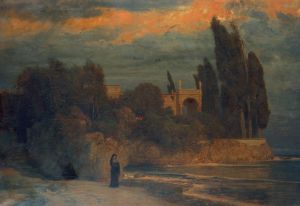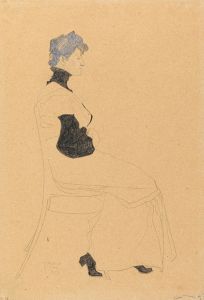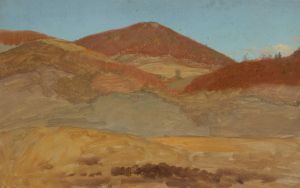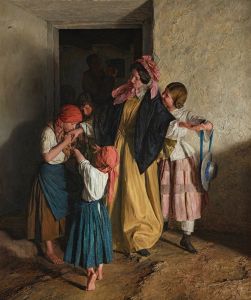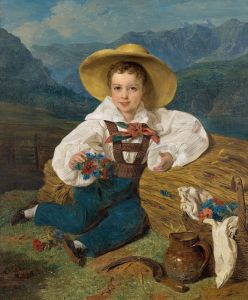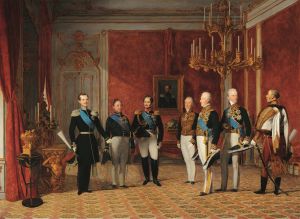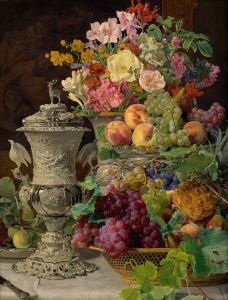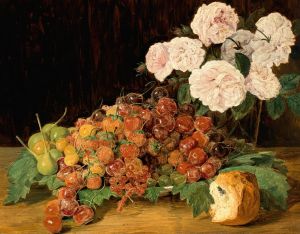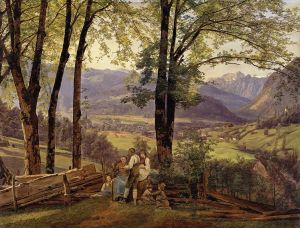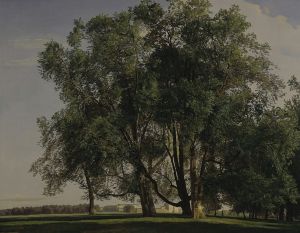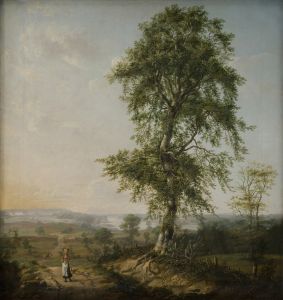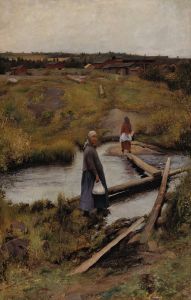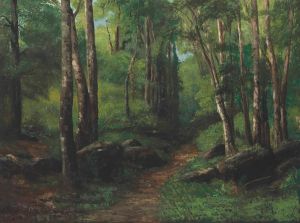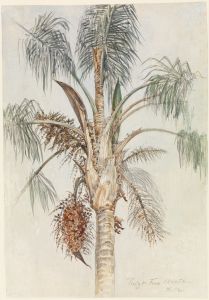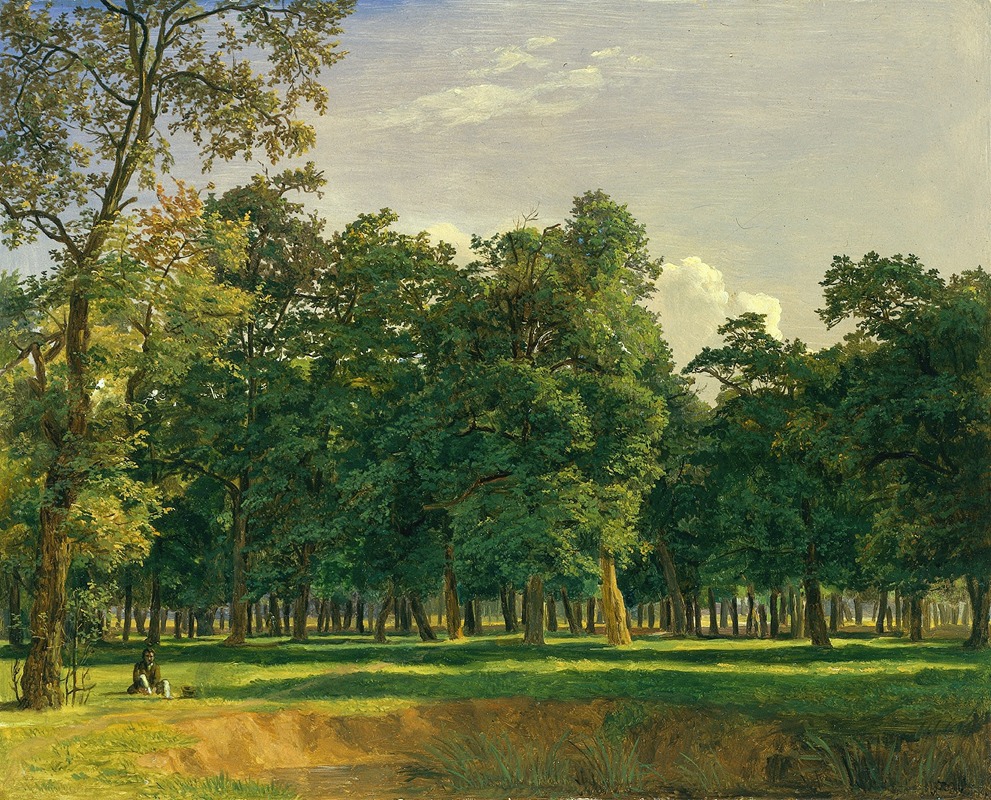
Prater Landscape
A hand-painted replica of Ferdinand Georg Waldmüller’s masterpiece Prater Landscape, meticulously crafted by professional artists to capture the true essence of the original. Each piece is created with museum-quality canvas and rare mineral pigments, carefully painted by experienced artists with delicate brushstrokes and rich, layered colors to perfectly recreate the texture of the original artwork. Unlike machine-printed reproductions, this hand-painted version brings the painting to life, infused with the artist’s emotions and skill in every stroke. Whether for personal collection or home decoration, it instantly elevates the artistic atmosphere of any space.
Ferdinand Georg Waldmüller was an Austrian painter renowned for his contribution to the Biedermeier period, a style that flourished in Central Europe between 1815 and 1848. One of his notable works is "Prater Landscape," which exemplifies his mastery in capturing the serene beauty of nature with meticulous attention to detail.
"Prater Landscape" is a depiction of the Prater, a large public park in Vienna, Austria. The Prater has been a popular recreational area for the residents of Vienna since the 18th century, offering a picturesque setting that has inspired many artists. Waldmüller’s painting captures the essence of this beloved landscape, showcasing his skill in rendering natural scenes with lifelike precision.
Waldmüller was known for his ability to portray light and atmosphere, and "Prater Landscape" is no exception. The painting is characterized by its vivid colors and the delicate interplay of light and shadow, which bring the scene to life. The composition likely includes elements typical of Waldmüller’s landscapes, such as lush greenery, expansive skies, and perhaps figures enjoying the tranquility of the park, although specific details of the painting's composition are not widely documented.
The Biedermeier period, during which Waldmüller created this work, was marked by a focus on domesticity and the everyday life of the middle class. Art from this era often emphasized realism and detail, reflecting the values and interests of the society at the time. Waldmüller’s landscapes, including "Prater Landscape," align with these themes, offering viewers a glimpse into the peaceful and idyllic aspects of 19th-century Austrian life.
Waldmüller’s technique involved careful observation and a dedication to realism, which is evident in the way he captured the natural environment. His works are celebrated for their clarity and the way they convey the beauty of the Austrian countryside. "Prater Landscape" is a testament to his ability to transform a simple scene into a work of art that resonates with viewers.
Throughout his career, Waldmüller faced both acclaim and criticism. He was initially celebrated for his portraits and genre scenes, but his landscapes, including "Prater Landscape," have gained recognition for their artistic merit and contribution to the Biedermeier style. Today, Waldmüller is regarded as one of Austria’s most important painters of the 19th century, and his works are held in high esteem in art collections and museums.
In summary, "Prater Landscape" by Ferdinand Georg Waldmüller is a significant example of Biedermeier art, capturing the serene beauty of Vienna’s Prater park with remarkable detail and realism. Waldmüller’s skillful use of light and color, combined with his dedication to depicting the natural world, makes this painting a noteworthy piece in the history of Austrian art.





